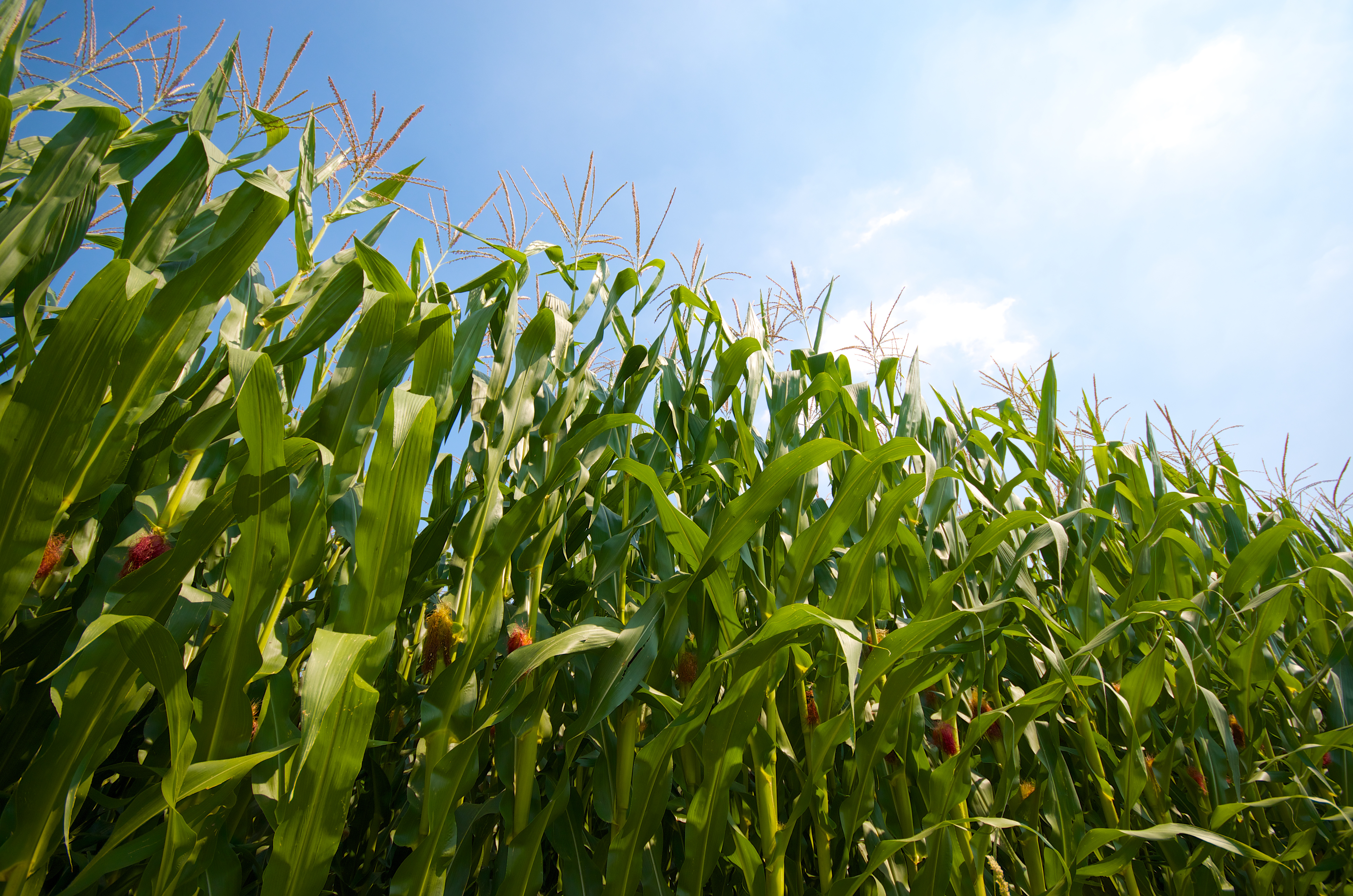AGRONOMICSUPPORT
YOU CAN TAKETO THE FIELD
2018 Western Division - South Year-end Crop Progress
I have come to learn that there is no such thing as a “normal” year when it comes to weather and agriculture. By all accounts, April and May together were very close to the average temperature for that 60-day period. To get there however, we had to combat a record cold April with a record warm May. The slow start to the planting season was offset by ideal conditions once growers were able to get going for most of the area, save for a few pockets that were excessively wet.
Much of the area then received timely rainfall throughout the rest of the summer, and the temperature began to moderate after mid-June. There was a pocket of severe drought through NW Missouri, Southern Iowa, and SE Nebraska that had a significant impact on dryland production. We also experienced several extreme weather events, including hail and damaging winds, in a few areas. The broader expanse of good weather contributed to another year of record yields.
The good planting conditions led to relatively low early disease pressure for the most part. We did see some Phytophthora and other seedling diseases in soybeans, where a seed treatment like AgriShield® ST provided better stand establishment. We saw increased Corn Rootworm pressure in some Western Iowa continuous corn fields, where we will recommend crop rotation out of corn or using corn products with multiple modes of action like SmartStax®.
One insect pest that has popped up over the last few years is Gall Midge Larvae. The midge adult lays eggs on soybean stems and the small, orange larvae that hatch begin feeding on the tissue and can have significant impacts on yield in the field edges where they are most prevalent. Several of our TTAs have been working closely with Extension professionals and land grant University researchers to identify the adults and determine the impact of this new pest.
The above-average rainfall throughout the summer kept up into the fall, which slowed harvest progress for many. Growers saw a positive response in stalk quality to using a fungicide and progressive nutrient management. The yield response may not have been as high in some years due to lower disease pressure overall, but increased standability and ease of harvest provide benefits as well.
As I said in the beginning, there is no such thing as a normal year. Resources like Advantage Acre® and an LG Seeds Technical Team Agronomist (TTA) can help provide insight on how best to plan for and manage the situations that come up throughout the growing season.
Download a copy of this technical bulletin here: 2018 Western Division-South Year-end Crop Progress






Area Agronomy Manager